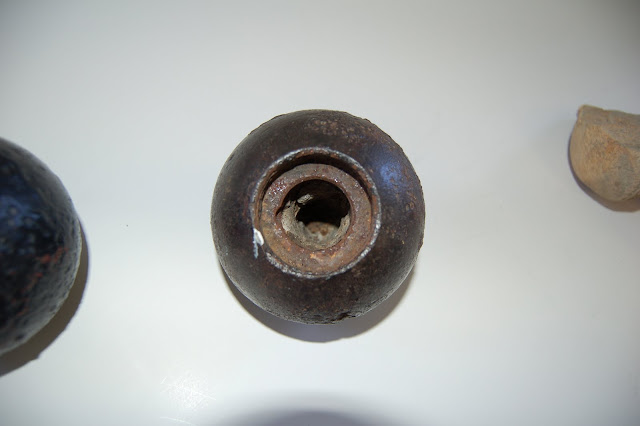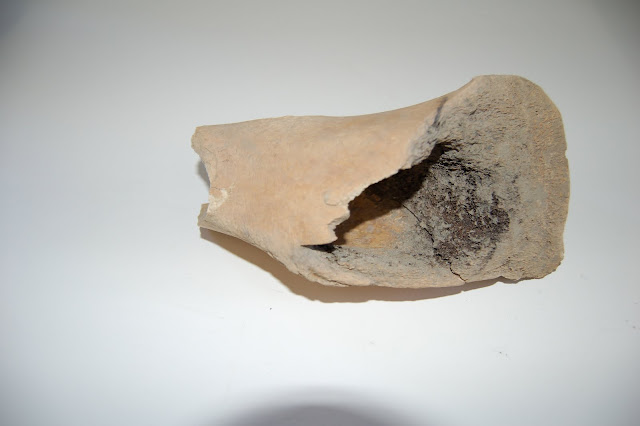Even though we knew the tunnels wouldn't have extended way out across the neighborhood, we wanted to believe they did, and took every opportunity to blame any sinking soil (even a larger than normal pothole) on the tunnels just to promote the legend. So great!!
The Arsenal basically extended from 39th to 40th Street and from the Allegheny River up to Penn Avenue, one of the main arteries from downtown Pittsburgh to the east. I think I read somewhere that it is one of the longest continuous streets in the country.
Below is a map of the Arsenal from an 1882 map of the 15th and 17th Wards of the City of Pittsburgh. Today they are the 6th and 9th Wards, two of the three wards in Lawrenceville, the other one being the tenth ward where the Carnegie Street House is located. On the map, you can see the formal arrangement of buildings and barracks on the main grounds below Butler Street. The Rail line on the right was parallel with the river as it is today. 39th Street is at the top of the map and 40th is at the bottom. Butler Street is on the left and the main administration building is the one with the dotted driveways extending from Butler Street and flanking it on each side. The barracks are the long buildings at the perimeter of the property at top and bottom.
And here is one of the earliest paintings of the Allegheny Arsenal. Lyle Byers, a very good friend of mine who knew of my interest in Lawrenceville cut this out of a magazine and my wife framed it for me. The caption in the magazine was copied below.
 |
| "This striking painting depicts the Allegheny Arsenal designed by Benjamin Latrobe (1764-1820), chief architect of the U.S. Capitol Building, in 1812. The arsenal was built by the federal government to supply ordinance for the country's westward expansion. It was located on land purchased from Col. William Foster, father of songwriter Stephen Foster. Manufacturing ceased in 1868 but the buildings continued as army storage, then were abandoned by the government at the turn of the century. Depicted from the Butler Street side, this view shows the main arsenal in the center flanked by officers' quarters." AND NOW , FOR THE GOODS! Here are some photos of cannonballs that were manufactured in the Arsenal, including for the Union Army during the Civil War . Basically they are cast iron construction with a chamber in the middle for round shot and an opening for the fuse. Some were constructed with a channel connecting the fuse opening with the shot chamber, and the fuse could be made to a specific length to detonate upon the timed arrival. Go here for further explanation |







And here are some other miscellaneous artifacts found by the current owners of Arsenal Terminal, including a heavy duty steel plate and and square nut configuration with some cut nails, and a piece of cowbone that was just found this spring when they were replacing some of the original brick sewers which had collapsed.





No comments:
Post a Comment